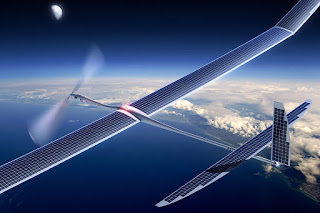LTE stands for “long term evolution.” It’s a type of wireless technology that has taken hold throughout North America and is fast becoming a global standard.
LTE-Advanced (LTE-A) is an emerging and, as the name suggests, a more advanced set of standards and technologies that will be able to deliver bigger and speedier wireless-data payloads.
The most important thing to know is that LTE-A promises to deliver true 4G speeds, unlike current LTE networks. You can expect the real-world speed of LTE-A to be two to three times faster than today’s LTE. It should also be robust, with fewer dropped connections as you move around.
How does it work?
Essentially while standard data connections use one antenna and one signal at any given time, 4G LTE-A uses multiple signals and multiples antennas.
It uses MIMO (Multiple Input Multiple Output) technology to combine multiple antennas on both the transmitter (for example 4G masts) and the receiver (for example a smartphone). So a 2×2 MIMO configuration would mean there were two antennas on the transmitter and two on the receiver and you don’t have to stop at two, the more antennas theoretically the faster the potential speeds as the data streams can travel more efficiently.
That technology is then combined with ‘carrier aggregation’, which allows a device, such as a smartphone, to receive multiple different 4G signals at once and they don’t even have to be on the same frequency, so you could receive an 1800MHz and an 800MHz signal at the same time for example, none of which is possible with standard 4G.
Up to five different signals can be combined at once and with each offering up to 20MHz of bandwidth they can be combined to create a data pipe of up to 100MHz of bandwidth.
The upshot of all that is that it’s faster than standard 4G, a lot faster.
Many newer handsets, particularly high-end ones, such as the iPhone 6S, Samsung Galaxy S6, Sony Xperia Z5, HTC One M9, LG G4 and Microsoft Lumia 950 support it, but most older and lower end handsets don’t.
Airtel deploys 4G Advanced Carrier Aggregation technology in Mumbai to deliver a superior 4G experience to customers
http://www.4g.co.uk/4g-lte-advanced/
http://www.pcworld.com/article/2083981/faq-how-is-lte-advanced-different-from-regular-lte.html
http://www.airtel.in/about-bharti/media-centre/bharti-airtel-news/mobile/airtel+deploys+4g+advanced+carrier+aggregation+technology+in+mumbai+to+deliver+a+superior+4g+experience+to+customers




